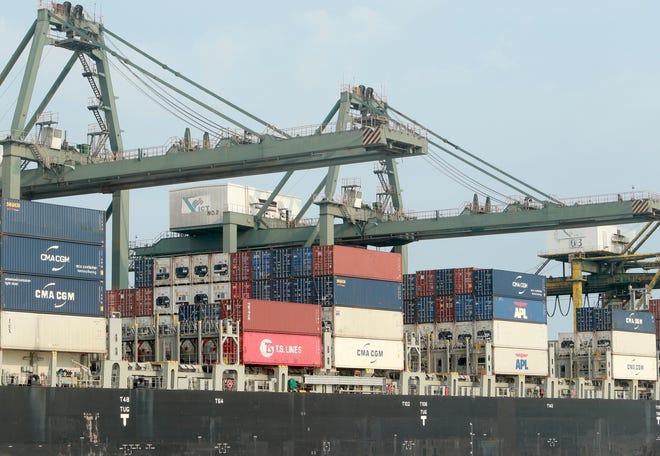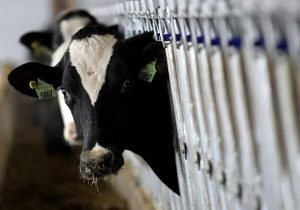
The U.S. dairy industry has turned those higher butterfat levels into a lot more butter.
Many dairy products produced in the United States are currently price-competitive for exportation, he added, including butter, powder (which is always price competitive) and whey. However, if we want to export U.S. butter it needs to be 82 percent fat and U.S. butter is made at 80 percent fat. Stephenson noted that it’s expensive to re-work the manufacturing process to change those 2 percentage points in the butter to make it suitable for export.
Plants will do that only if they see that market conditions will continue for some time to warrant re-tooling for the export market. “If they think it’s only going to be a one or two month blip, they won’t do it,” he said.
It’s possible that U.S. cheesemakers could export more cheese if they made their products for that market. “In most of the world they don’t color their cheese like we do here.” The yellow cheese that U.S. consumers are used to isn’t made in most other dairy regions of the world and consumers there don’t like it.
Stephenson said there are currently some export opportunities because the European Union, one of the world’s noted dairy export regions, is experiencing weak production. American companies are increasingly identifying more offshore customers and what they want because “exports are a bigger deal,” he said.
But to deliver products, companies also need shipping containers and ships to carry them. The worldwide pandemic and its effects on the shipping industry have been profound. At the beginning of the pandemic, China was hit the hardest and the earliest, he noted. Ships were already on their way to China with exports when China’s ports had to shut down because workers to unload them were unavailable due to quarantines or illness.
“Ships stood at sea for weeks waiting to be unloaded,” he said. “As a result of all the disruptions, shipping containers went out of circulation.”
Stephenson also noted that another challenge to trans-oceanic shipping is that there have been an unusually large number of container ships that have been decommissioned and which are being dismantled and sold for the scrap metal they contain. “Loss of sales of various products, lack of products moving for some time, older ships, and the skyrocketing price of steel have all contributed to this,” he said.
“We have seen globally big disruptions and who knows when a nice equilibrium will be reached.”
Dairy prices are “walking a knife’s edge” today, Stephenson said, and the futures market is showing that the industry doesn’t know which way it’s going to go. The $18 per hundredweight range is where most of the prices are falling – which isn’t great for dairy farmers but it’s more livable than some prices they have seen in recent years.
But with corn and soybean prices rising dramatically since the end of 2020, due to buying by the Chinese, the cost of producing a hundredweight of milk is also rising.
Stephenson commented that those grain prices are rising as China works to rebuild its swine herd, which was decimated by African Swine Fever. China’s demand for feed grains has been the main factor driving those corn and soybean prices, which began to rise at harvest time last year – an unusual situation. Prices usually fall at harvest when the full impact of production is felt.
China has also been on a buying spree for whey – another product it uses in hog production. Stephenson estimates that current Chinese demand for whey is adding $3 per hundredweight to the farm-gate milk price.
“China has a lot of people and there is a need for a lot of food. Pork is by far the most important meat worldwide and in China pork is definitely the preferred meat,” he said.
Stephenson said that U.S. farmers will likely respond to the higher corn prices by planting more corn and though weather conditions will still dictate how the crop turns out, there will probably be a carryover of corn at the end of this year’s growing season.























